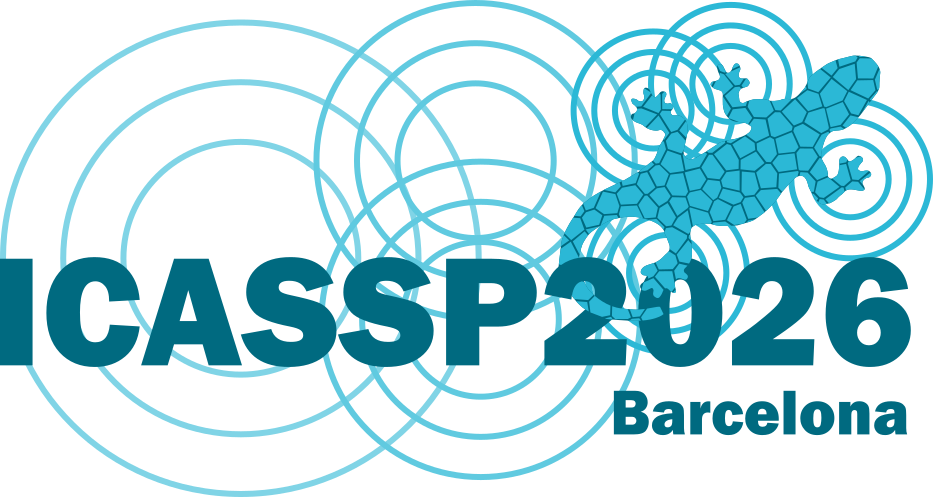
 2026 IEEE International Conference on Acoustics, Speech, and Signal Processing
2026 IEEE International Conference on Acoustics, Speech, and Signal Processing
2026 IEEE International Conference on Acoustics, Speech, and Signal Processing
4-8 May 2026, Barcelona, Spain
Top Reading
Most Upvoted
Paper Submission Instructions

© Copyright 2025 IEEE – All rights reserved. A public charity, IEEE is the world's largest technical professional organization dedicated to advancing technology for the benefit of humanity.